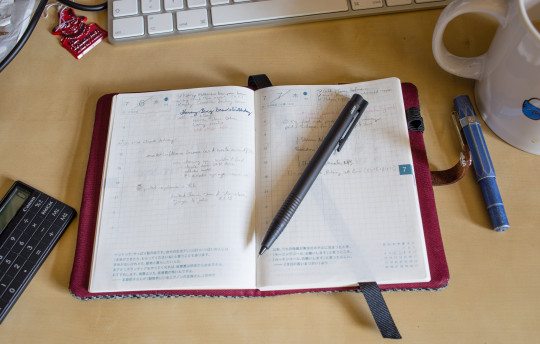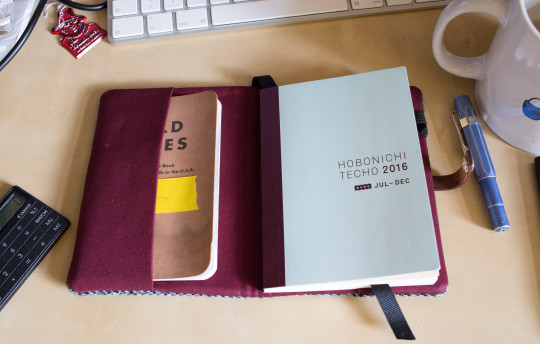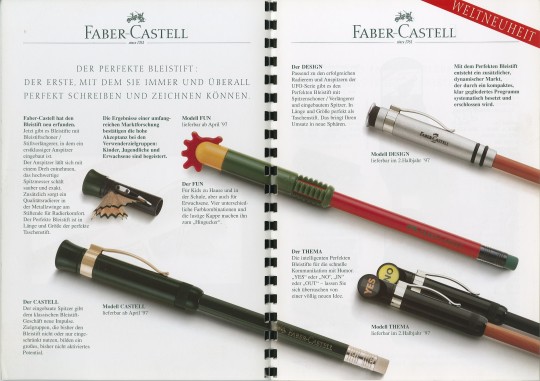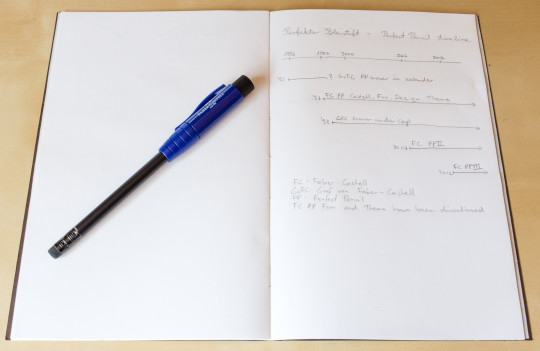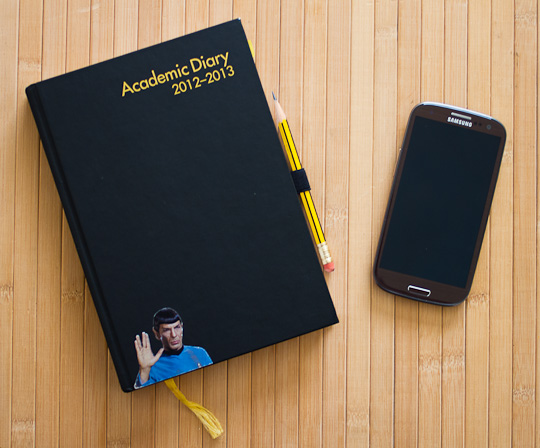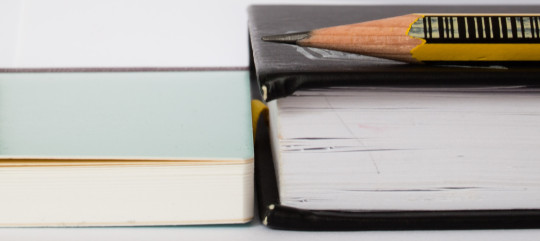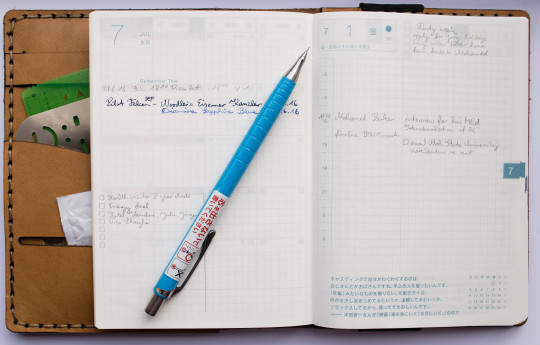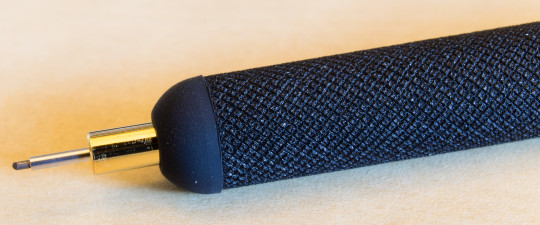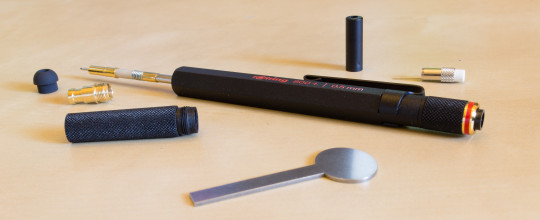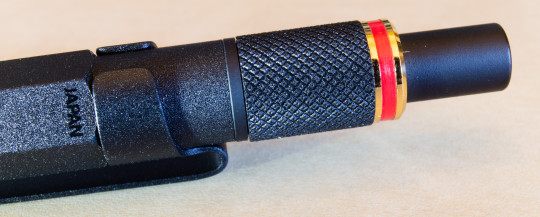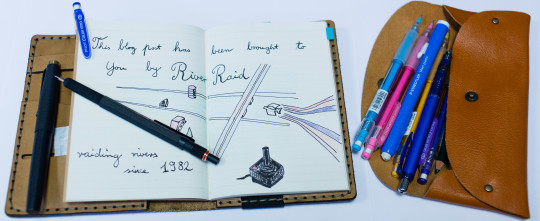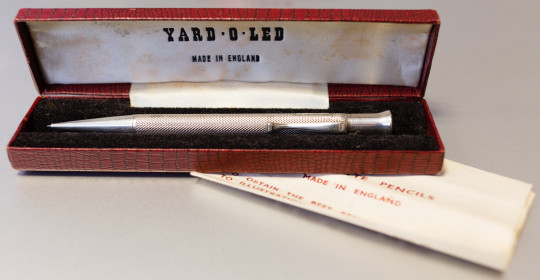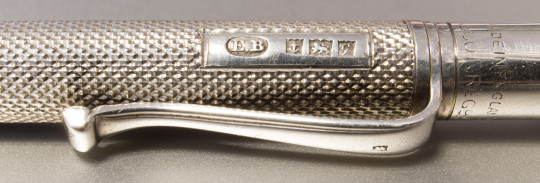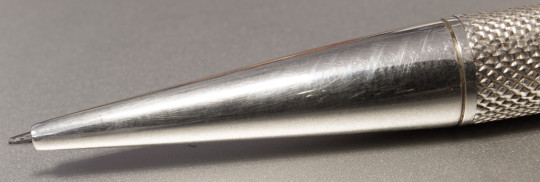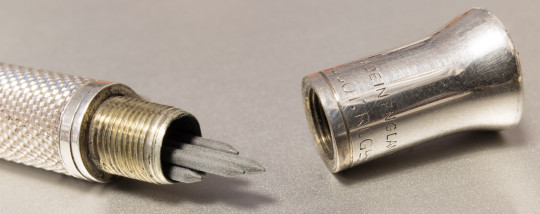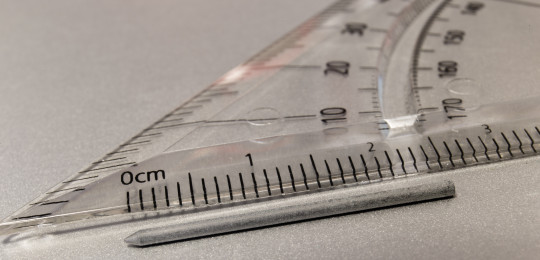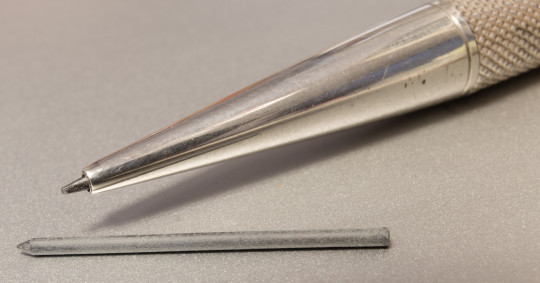My Harris Tweed Hobonichi Techo cover
 I still carry my Hobonichi Techo in the Galen Leather case, but I thought it would be nice to have a thinner alternative when I don’t want to carry ‘everything’ (phones etc) with me in one pack, so I ordered this Harris Tweed cover.
I still carry my Hobonichi Techo in the Galen Leather case, but I thought it would be nice to have a thinner alternative when I don’t want to carry ‘everything’ (phones etc) with me in one pack, so I ordered this Harris Tweed cover.
Too good looking to resist
..well, at least the point about it being thinner is my justification now. The truth is that I couldn’t resist ordering one after I saw how good looking this cover from Esplanade London is when I read Susan M. Pigott’s post at The Pen Addict. I’m not sure why there’s London in the name though, the cover seems to be from Kent. I guess London sounds good, especially for international buyers, but here in the North London doesn’t always conjure up the best associations.
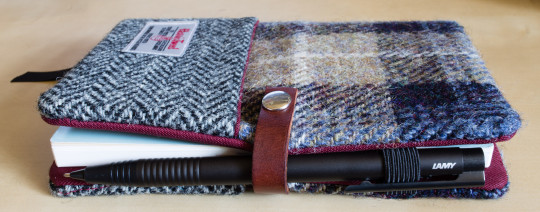
Storage
Luckily Laura, the woman behind these covers, agreed to put a pen loop on the model I ordered. It normally doesn’t come with one.
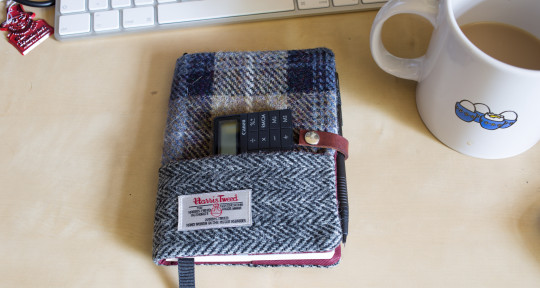
Storage wise the case could be better. The ‘pocket’s on the outside are quite small – even too small for a Kaweco Sport or an Ohto Tasche. I guess you could put an eraser shield or a credit or loyalty card in there.
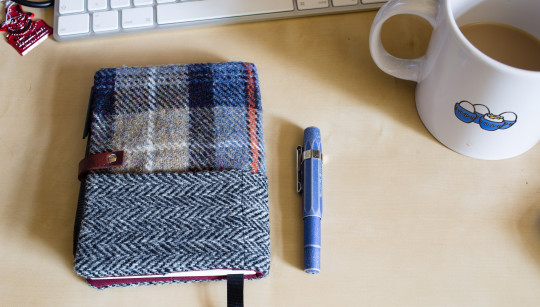
Harris Tweed
This is actually my third Harris Tweed item. Harris Tweed is wool cloth handwoven by islanders in their homes in the Outer Hebrides, an island chain in the North West of Scotland, about 100 miles North or Ireland [1]In the past I had fun looking around these islands on Google Maps..


My first Hrris Tweed item was coat I got in 2014 (for my 40th birthday). Here’s a photo from that time. It was cheap, but the lining was poorly made, so I had to get it redone in my home town, but even with the cost of having the lining redone it was still good value for money. By the way: the little one’s hat was knitted by Shangching.
My second Harris Tweed item was a rucksack / backpack from Timberland. I was very lucky as a Timberland outlet store sold it for around £20, it was originally several times that price.
My third Harris Tweed item is this Hobonichi cover. I paid £29 (~$37; €34) plus shipping. Royal Mail was rather slow and it took a week to arrive, but I finally got it. It is great and since I use the ‘Avec’ version of the Techo, the six months version, using this cover and the Techo makes for a really slim diary carrying solution compared to the leather cover.
I was originally tempted by a Scottish Lochcarron cover from Hobonichi, but import fees etc would have made it very expensive, so I’m happy I found this alternative thanks to Susan M. Pigott’s post at The Pen Addict
Price and exchange rates: July 2016.
References
| ↑1 | In the past I had fun looking around these islands on Google Maps. |
|---|
My Harris Tweed Hobonichi Techo cover Read More »

